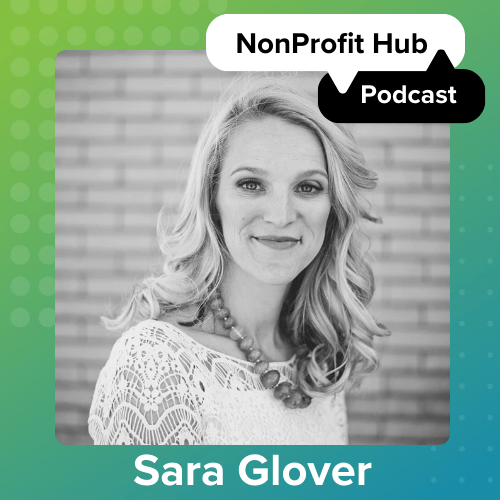Sean Horrigan is a guest contributor for Nonprofit Hub, and a marketing/PR consultant with a track record of helping clients grow and prosper through consistent media coverage, strategic social media campaigns, killer copy and better branding.
_____________
Nonprofits and their corporate colleagues have a codependent relationship.
Corporations provide nonprofits with financial support, and in return, nonprofits provide corporations with positive PR and a boost in business.
And the boost can be significant:
- 91% of global consumers are likely to switch brands to one associated with a good cause, given comparable price and quality*
- 61% of consumers are willing to try a new brand, or one they’ve never heard of, because of its association with a particular cause*
- 50% of global consumers said they would be willing to reward companies that give back to society by paying more for their goods and services (44% in the U.S. and 38% in Canada). **
But while these relationships are often mutually beneficial (at least to begin with), they can be short lived.
In a recent Fortune Magazine article, author Shalene Gupta points out that both parties can be the cause of the demise of these relationships. “Nonprofits don’t always hold corporations accountable for promises made because they’re just happy to have the corporation giving whatever they can, and corporations have little incentive to stay invested since the relationship doesn’t always benefit them.”
So how can you ensure a successful relationship with your corporate sponsor?
Focus on five key areas: help them build brand visibility, recognize their generosity, offer creative approval, measure metrics and keep lines of communication open.
Brand Visibility
Corporations view sponsorship as a business arrangement—period. They see it as a strategic way to build brand recognition and increase sales. The sooner you understand that the more you can advocate for your sponsor.
And with any business arrangement, the company footing the bill wants to know what’s in it for them. Corporate sponsors want to see their logo anywhere and everywhere on event collateral. Think t-shirts, banners, signage, newsletters, print and web ads, radio spots, tweets, Facebook posts, press releases, billboards, invites, landing pages and email campaigns.
Recognition
Corporate sponsors want to be recognized for their generosity:
- Acknowledge them in public speeches, board meetings and interviews with the press
- Invite them for a private tour of your facility and take photos for the local business journals
- Place a stewardship ad in their industry trade publication to thank them for their generosity
- Ask your staff to thank the sponsor on their individual social media platforms
- Give sponsors VIP tickets to your event
Creative Approval
Corporate sponsors want to approve any collateral featuring their logo. They want to make sure their most important asset, their brand, is being properly represented. Nonprofits should make sure sponsors sign off on any and all creative efforts featuring their logo.
Metrics
When a company sponsors an event, they want to measure their return on investment. In other words, how did it impact sales? The most common metrics used to measure sponsorship ROI is to evaluate the amount of exposure the sponsor received throughout the campaign. Put together a comprehensive list of any marketing materials featuring their logo, and the number of impressions it received.
For example:
- Transit Authority ad | Run dates: October 1-October 31 | 500,000 impressions
- Email blast | Sent on October 15 | 2,300 opens
- Direct Mail | Mailed on October 20 | 40,000 recipients
- Facebook Post | Posted on October 23 | 800 likes
Intangibles such as brand affinity, brand loyalty and buzz are not as easy to measure but can be evaluated through surveys and customer feedback.
Keep the Lines of Communication Open
Create a contract that details all the deliverables and lays out exactly where the sponsor can anticipate visibility. Always deliver what you’ve promised. If you agreed that your sponsor’s logo would be front and center on a billboard, make sure it’s there. Treat your sponsor like an ad agency treats its prized client. Nurture and build the relationship.
Bottom line—remember that your sponsor’s main agenda is visibility. Over deliver whenever possible and you’ll create a partnership that benefits both parties.
What say you? How do companies evaluate a potential sponsorship with a nonprofit? I’d love to hear your ideas.
Be sure to check out Sean’s blog for more tips.
______
* 2013 Cone Communications/Echo Global CSR Study
** Nielsen 2013 Consumers Who Care Study






